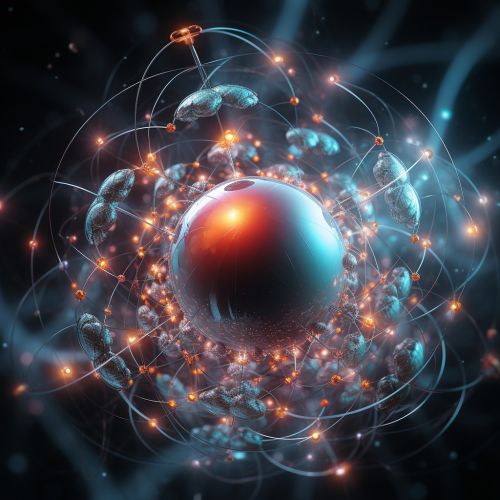Atom
Introduction
An atom is the smallest constituent unit of ordinary matter that constitutes a chemical element. Every solid, liquid, gas, and plasma is composed of neutral or ionized atoms. Atoms are extremely small, typically around 100 picometers. They are so small that accurately predicting their behavior using classical physics—as if they were tennis balls, for instance—is not possible due to quantum effects.
Structure
Atoms consist of a dense nucleus surrounded by a cloud of electrons. The nucleus is made up of positively charged protons and uncharged neutrons, while the electron cloud consists of negatively charged electrons which orbit the nucleus. In a neutral atom, the number of protons equals the number of electrons.


Atomic Theory
The concept of an atom as an indivisible component of matter was first proposed by early Indian and Greek philosophers. In the 17th and 18th centuries, chemists provided a physical basis for this idea by showing that certain substances could not be further broken down. The modern theory of atomic structure is the quantum mechanical model.
Atomic Models
Over the years, scientists have proposed various models of the atom to explain its structure. The most notable of these are the plum pudding model, the Rutherford model, the Bohr model, and the quantum mechanical model.
Atomic Properties
Atoms possess a number of properties, including atomic number, atomic mass, isotopes, and energy levels. These properties determine the chemical behavior of atoms.
Atomic Interactions
Atoms interact with one another to form chemical compounds. These interactions are governed by the principles of chemical bonding, including ionic, covalent, and metallic bonding.
Atoms and Quantum Mechanics
The behavior of atoms is accurately described by quantum mechanics. Quantum mechanics also explains the periodic table and the behavior of atoms in chemical bonding.
Applications
Atoms have many practical applications. They are used in everything from chemical reactions to the development of new materials and medicines.
